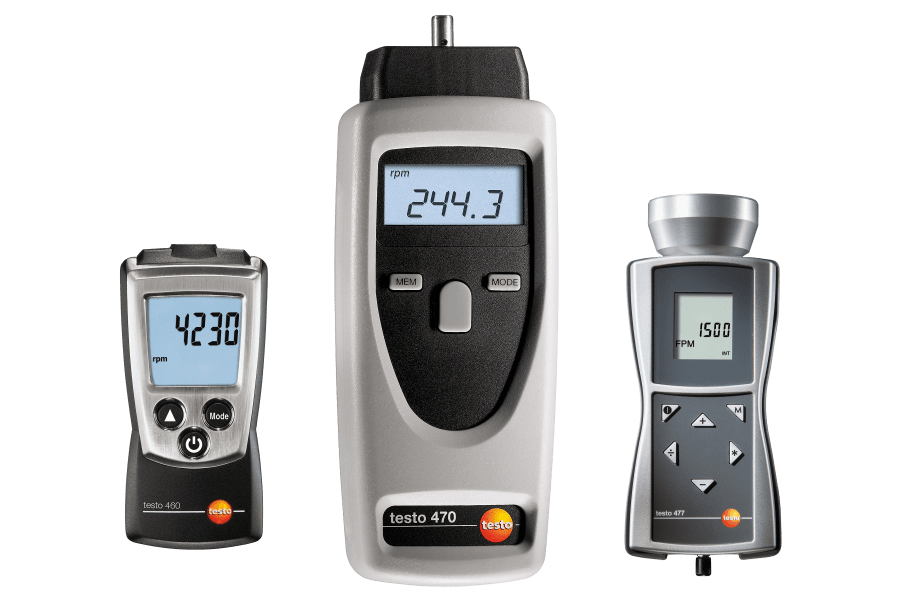Checking Out the Functions and Benefits of a Tachometer: A Comprehensive Guide for Auto Enthusiasts
From giving real-time information on engine speed to aiding in optimizing equipment shifts, the tachometer offers as even more than simply a dial on the control panel. Its complex functions not only improve driving experience but additionally play an essential role in keeping engine wellness and efficiency.
Comprehending the Basics of a Tachometer
In the world of automobile instrumentation, understanding the essentials of a tachometer is necessary for any type of car fanatic seeking to delve right into the complexities of engine performance tracking. A tachometer, frequently presented on the dashboard of a lorry, determines the engine's revolutions per min (RPM) This crucial tool provides real-time information on how quick the engine crankshaft is rotating. By checking the RPM, drivers can guarantee they are operating within the ideal array to make best use of performance and performance.
Tachometers typically have a range noted in changes per minute, with a redline suggesting the optimum rate at which the engine can securely run (tachometer). This information is important for protecting against engine damage and optimizing gear moving for hand-operated transmissions. Additionally, tachometers can assist in identifying engine problems such as misfires or a falling short ignition system by discovering uneven RPM analyses
Value of Checking Engine Speed

Keeping an eye on engine speed is a critical facet of automobile maintenance and efficiency optimization for auto enthusiasts and specialists alike. The engine speed, determined in revolutions per min (RPM), shows exactly how quickly the engine's crankshaft is turning. By keeping a close eye on the RPM, vehicle drivers can make sure that the engine is operating within the optimum variety, avoiding potential damages from over-revving or stalling. Keeping track of engine rate is particularly important throughout gear changes, as it assists drivers figure out the best time to transform gears for smooth velocity and efficient gas consumption.
In addition, tracking engine speed can additionally provide beneficial understandings right into the overall wellness of the vehicle. Overall, keeping track of engine speed with a tachometer is a fundamental practice that can boost driving efficiency, lengthen engine life, and make sure a much safer and a lot more satisfying driving experience.
Enhancing Performance Through Gear Shifts
Proper equipment shifting makes sure that the engine operates within its optimum power band, allowing for you can check here smooth velocity and improved gas economy. When changing gears, it is vital to pay attention to the engine rate indicated on the tachometer.

To attain peak performance with equipment shifts, chauffeurs should practice smooth and timely changes between gears, matching engine speed with linked here road speed to harness the full capacity of their automobile's powertrain.
Making The Most Of Effectiveness With a Tachometer
Grasping the art of equipment moving in high-performance lorries not just boosts driving experience yet additionally plays a crucial role in taking full advantage of effectiveness with a tachometer. tachometer. By paying close interest to the tachometer readings, chauffeurs can enhance their gear shifts to run within the engine's most reliable array. When increasing, changing equipments at the ideal RPM suggested by the tachometer can avoid the engine from overworking or underperforming, resulting in improved gas performance and general performance
Additionally, a tachometer helps vehicle drivers stay clear of unneeded revving, which not only wastes gas however also puts unneeded stress on the engine. Regularly monitoring the tachometer while driving permits for smoother equipment transitions, reducing damage on the transmission system gradually.

Advanced Tips for Tachometer Use
To dive visit this page right into innovative ideas for tachometer use, think about integrating the use of shift lights. Change lights are aesthetic signs that light up when it's time to shift gears based on engine changes per min (RPM), enabling for seamless gear adjustments without frequently checking the tachometer. By fine-tuning shift points and setting advising limits, chauffeurs can optimize velocity and engine efficiency while reducing the risk of over-revving.
Verdict
In verdict, the tachometer acts as a vital tool for car fanatics to keep an eye on engine speed, boost performance through equipment shifts, and take full advantage of efficiency. By recognizing the functions and advantages of a tachometer, chauffeurs can enhance their driving experience and lengthen the life expectancy of their lorry. Utilizing advanced tips for tachometer usage can further improve driving skills and general efficiency when driving.
Comments on “Improve Your Driving Experience with a Trustworthy Tachometer”